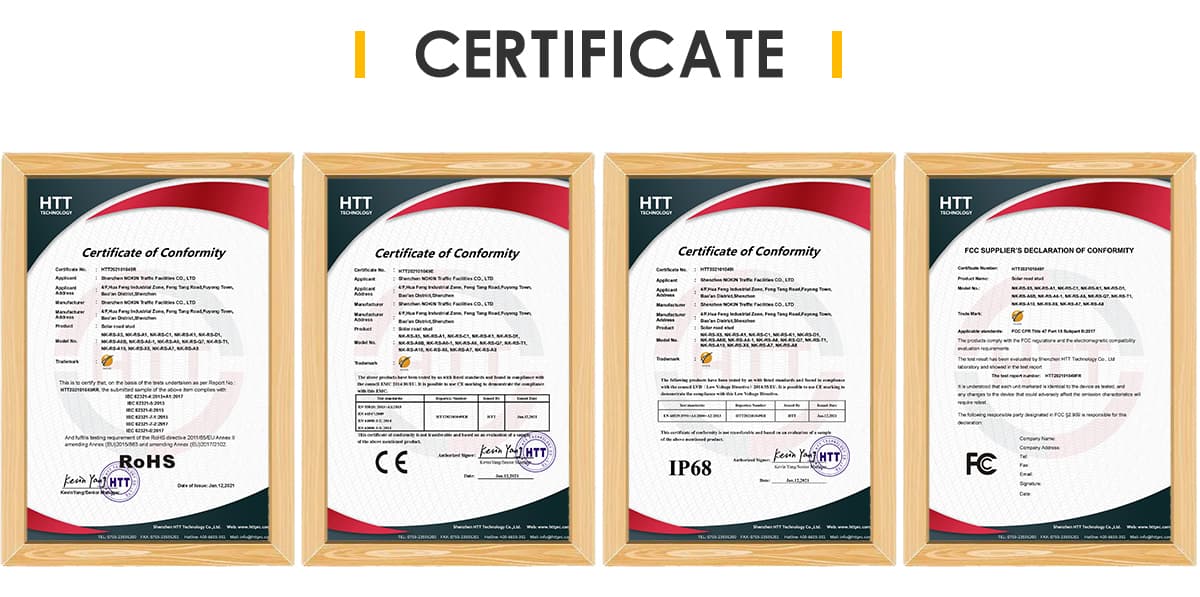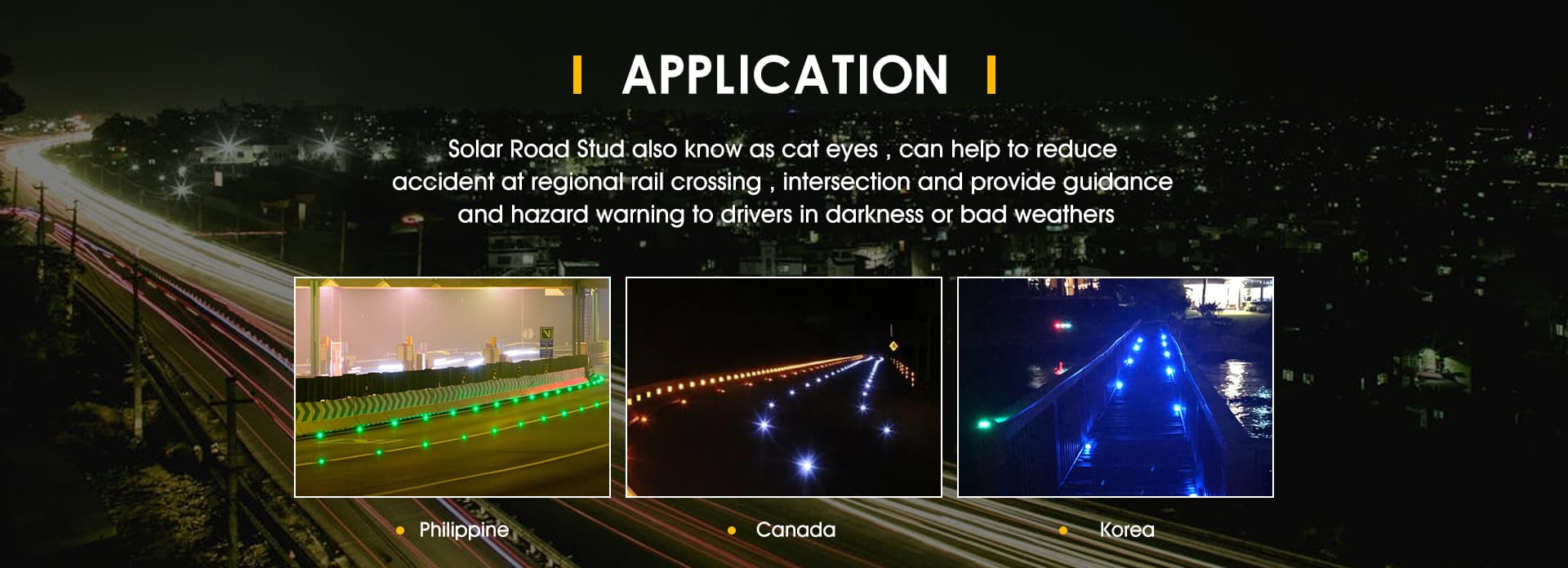


.jpg)
Shop our best selection of Outdoor Solar Lights to reflect your style and inspire your home. Find lighting you love at Hayneedle, where you can buy online while you explore our room designs and curated looks for tips, ideas & inspiration to help you along the way.
.jpg)
Reflecting Roadstuds Ltd – Home of the original “Catseye” Roadstud Percy Shaw invented the self-wiping “Catseye” roadstud in 1934 and formed the company Reflecting Roadstuds Ltd in 1935 Ever since Percy Shaw’s first design the “Catseye” roadstud has consisted of three component parts: a cast iron base houses a rubber insert which in turn contains the glass reflectors.
.jpg)
Subtitle Cat The cat that translates subtitles Home Upload About Register Sign in Profile Logout Search Latest subtitles (we have 2,166,555 subtitles) DOWNLOADS LANGUAGES HUNTA-280-en (translated from English) 5 downloads HUNTA-201 Super
.jpg)
301 inset road studs are manufactured from high quality cast iron in the U.K. and the solid 301 casting guide rails give increased protection to the NOKIN Marker Series 290 Reflecting Road Stud. The combination of the 301/290 provides a highly durable system that performs very
.jpg)
Supplies reflective road reflectors in different materials such as plastic, aluminum, ceramic and glass. Both glass beads and cat eye are available. Tel: 0086-25-57070536 Mobile & WhatsApp: 008618805180339 Email: info@roadskysafety.com Address: NO.76 Panxin Road, Nanjing
.jpg)
Solar road studs are flashing solar cell powered LED maintenance-free lighting devices used in road construction to delineate road edges and centrelines. Embedded in the road surface, they are an electronic improvement on the traditional cat's eyes in that they may give drivers more than a thirty-second reaction window compared with about 3 seconds for conventional reflective devices.
.jpg)
ROAD STUD (CAT EYE) China Tughlakabad PCS 30,000 207,646 7 Sep 08 2014 85308000 SOLAR ROAD STUD-RH-4206 YELLOW (TRAFFIC CONTROL EQUIPMENTS) China Nhava Sheva Sea PCS 200 98,361 492 Sep 08 2014 85308000 SOLAR ROAD
.jpg)
Originally they were only used down the centre of the road whereby one cat’s eye had four glass spheres set into a white rubber dome, two spheres facing each direction up the road. This dome is mounted in a cast iron housing, and deformation of the rubber as traffic passes over it allows it to sink into the housing where a fixed wiper cleans the glass spheres.
.jpg)
Solar powered road studs, both traditional and red coloured. Maintenance-free, state-of-the-art dome glass style cat’s eyes studs. 100mm by 100mm studs in both stainless steel and aluminium. Various types of crossing stud and studs for creating a rumble
.jpg)
Glass Road Stud is Seih-Ying’s product range offers customers a wide choice of standard as well as custom manufactured glass road stud, solar road stud for road safety needs. If you want to know more relative information about Glass Road Stud, please contact us immediately.
.jpg)
On many roads in the UK, retro-reflective road studs, including those known as "cat's eyes" when referring to the Halifax type road stud, are placed in the road. These devices reflect the light from a car's headlights back towards the driver in order to highlight features of the road in poor visibility or at night.
.jpg)
About Solar Road Stud Solar Road Stud (also called Solar Road Marker, Solar Pavement Marker, Solar Cat Eye) products have several advantages over conventional reflective markers because of their built-in, self sustaining L.E.D.s. Advantages of using Frontway Solar Road Stud products include but notShenzhen Nokin Traffic Facilities Co. to
.jpg)
2,504 road cat eyes products are offered for sale by suppliers on Alibaba.com, of which traffic warning products accounts for 62%, sunglasses accounts for 1%, and uv gel accounts for 1%. A wide variety of road cat eyes options are available to you, There are
.jpg)
2 Sides Solar Cat Eyes Road Stud, Pavment Solar Reflective Road Marker FOB Price: US $5.2-6 / Piece Min. Order: 1,000 Pieces 100mm Reflective Tempered Glass Cat Eye Road Reflector Price FOB Price: US $0.5-0.63 / Piece Video TPU 304 ...
.jpg)
The cat's eye design originated in the UK in 1934 and is today used all over the world. The original form consisted of two pairs of retroreflectors set into a white rubber dome, mounted in a cast iron housing. This is the kind that marks the centre of the road, with one